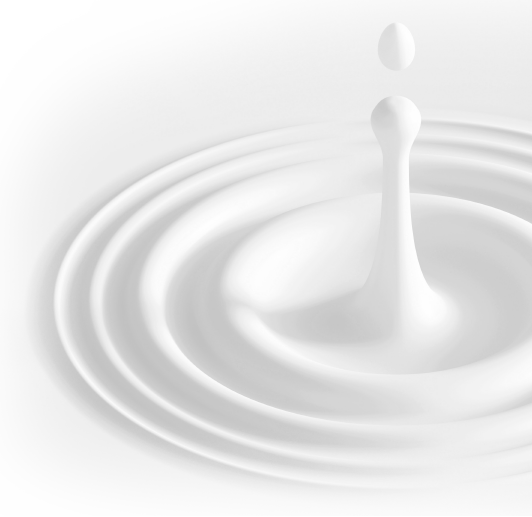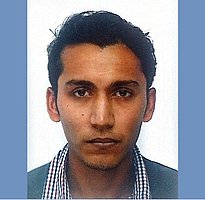The land of thousand lakes, a nickname Finland has earned from the naturalists, elegantly describes the two colors green (land) and blue (lakes) at any point in the country. Add to that the possibility to see a ravishing nature of light known as Aurora Borealis and you get a couple of reasons that convinced me to make a research experience at the Nanoscience Center, University of Jyväskylä from October to December 2014.
Why I choose Jyväskylä?
Jyväskylä is known as the cultural capital or Athens of Finland. Therefore, an internship in the University of Jyväskylä was an appealing choice to learn about the culture and history of Finland. This decision also spared me from the gloomy winters of the north, because the university is in the central Finland. But of course there are also scientific reasons.
My interest in understanding the bio-molecular mechanisms with quantum and classical mechanics helped me narrow down my list to the University of Jyväskylä where I could gain experience working in the field of theoretical and computational chemistry. This decision was also encouraged by my supervisor in Bochum, Prof. Dr. Lars Schäfer. He was a former colleague of my supervisor in Jyväskylä, Dr. Gerrit Groenhof. A recommendation always gives an advantage in this kind of applications, and it helped in my case too.
A smooth application Procedure
As soon as I received my invitation from Jyväskylä, the administrative offices from both universities were extremely cooperative and helpful to ensure a comfortable stay and experience. The accommodation arrangement was quite elegant and the administrative staff in Jyväskylä were kind enough to guide me through the complete process. KOAS and Kortepohja are two government supported student organizations that facilitate accommodation for students in Jyväskylä.
Science zone
During my internship I implemented different computational approaches to study the reaction mechanisms of a light sensitive protein called phytochrome. The photo-receptor phytochrome detects light on a time-scale of femtoseconds to picoseconds: Thereby it harvests energy in form of photon absorption in plants, bacteria and fungi to control their biological functions like photoperiodism (seasonal change in day/night change), circadian rhythms (physiological changes in organisms in the 24h), and photomorphogenesis (light-mediated development). For example, a strawberry plant regulates its flowering pattern more than 6 months in advance based on the circadian cycle. In our study we used the QM/MM hybrid molecular simulation approach: Quantum mechanical (QM) methods described the photo-reactive part of the protein, while the remaining system was modelled with classical force fields (MM).
Updating my computational skills to 2.0.
I enjoyed my brief stay working at the Nanoscience Center at the University of Jyväskylä. It is the only university in Finland with a separate state of art research facility for nanoscience. Besides, the interdisciplinary work environment is a boon for advancing in the field of computational chemistry.
Regular group meetings and interaction opportunities with different research groups helped me adapt to the Finnish university system and to the life in Finland. The research and administrative staff was competent in the English language. That made the communication easy and comfortable with everyone at the university. Coordinators assigned to the Erasmus students provided enough information about every available facility at the university.
Some of the skills I acquired during my stay in Jyväskylä involve critical assessment of the scopes and limitations of various approaches/approximations, team work and collaboration, visualization and graphical presentation of practical results, general knowledge of experimental and computational methods, acquaintance with work flow of conferences and seminars. The different perspective and way of thinking during assessment and discussions are some important experiences one should look forward to during such internships.
An aurora is well worth a wait.
It happened on my return flight to Germany. Within minutes after take-off, I noticed a glare on the window. I looked outside and found myself staring into the sky at something beautiful. It was racing through the vast space with striking colors ranging from different shades of green, red to pink. I had to wait for three months to capture that beautiful sight from Jyväsyklä. The further away you go from a city the better the chances to see the aurora in winters.
Sauna represents another great part of the Finnish culture and history. Based on surveys and statistics almost every household in Finland has a sauna. It is the perfect place to relax and get to know the Finns even better. An advantage of staying in one of these housings is the free access to the sauna. A swim in the lake after the sauna is must for anyone visiting Finland for the first time (even better if you have already experienced it before). It does not matter if it is summer or winter (when temperature drops below freezing point), a dip in the lake after sauna is an adventure you will cherish for a long time.
The central lane in Jyväskylä is famous for hosting different cultural events almost every weekend. A music lover can always find a gig or live event at one of the pubs in the city. Jyväskylä also hosts the Neste Oil rally every summer, which is the biggest public event in Nordic countries.
Summer is also a good time to experience the midnight sun, or the white nights, another remarkable natural phenomenon. The sun stays above the horizon for over 70 days in summer in the Lapland. For other parts of the country the nights are still white with the sun briefly dropping below the horizon and rises again masking the transition between dusk and dawn. On my flight back to Germany I considered that I still missed the white nights, but then life gave me another chance. In 2015 I came back to the Nanoscience Center, University of Jyväskylä, to start my PhD.
Where great things come from
A Finnish proverb says – ‘Great things come from small beginnings’. My time in Jyväskylä was an insightful experience and has helped me shape up my profile towards a better future in science. The opportunity to learn about a new culture with an optimistic objective from Erasmus Student Network (ESN) is something every student should look forward for. I hope my work in Jyväskylä brings a positive impact on motivating future collaborations between the two universities.
————————————————————————————————————————————
About the author



